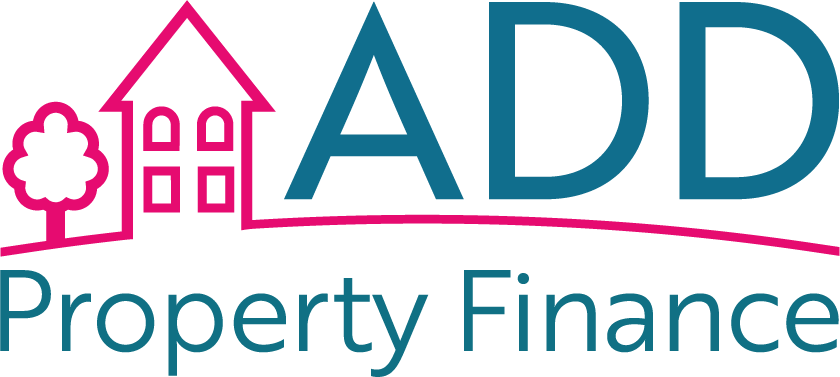Owning a home is a significant investment, but it also comes with responsibilities, one of which is protecting your property from unexpected disasters. Among the various types of insurance available to homeowners, flood insurance is a crucial consideration, particularly if you live in a flood-prone area. In this article, we’ll explore flood insurance and its relevance in mitigating risks to your home.
Understanding the Risks
Floods are natural disasters that can strike without warning, causing extensive damage to homes and properties. While many homeowners assume their standard homeowners insurance covers flood damage, this is often not the case. Flood insurance is a separate policy designed to specifically protect against flood-related losses.
The Importance of Flood Insurance
- Floods Are Common: Contrary to popular belief, floods can happen anywhere, not just in designated flood zones. They can result from heavy rainfall, snowmelt, storm surges, or blocked drainage systems. Having flood insurance ensures you’re financially prepared no matter where your home is located.
- Protection for Your Investment: Your home is likely one of your most significant investments. Flood insurance safeguards this investment by covering the cost of repairing or rebuilding your home in the event of flood damage.
- Compliance with Lender Requirements: If your home is in a high-risk flood area and you have a mortgage from a federally regulated or insured lender, flood insurance may be mandatory. Even if it’s not required, it’s still a wise choice to protect your property.
- Peace of Mind: Knowing you have flood insurance provides peace of mind. You won’t have to worry about how you’ll afford to repair or replace your home and belongings if a flood occurs.
Who Needs Flood Insurance?
While homes in high-risk flood zones are more likely to experience flooding, floods can happen anywhere. Even if your home is in a moderate- or low-risk area, it’s worth considering flood insurance, as roughly 25% of flood insurance claims come from these zones.
Key Considerations
- National Flood Insurance Program (NFIP): In the United Kingdom, flood insurance is typically provided by private insurers. However, in the U.S., the National Flood Insurance Program (NFIP) is a government-backed initiative that offers flood insurance. You can purchase NFIP policies through participating insurance agents.
- Coverage Options: Flood insurance typically covers structural damage to your home and the contents within. However, there may be limits on coverage, so it’s essential to discuss your specific needs with your insurance provider.
- Waiting Period: There may be a 30-day waiting period before your flood insurance policy takes effect, so it’s best not to wait until the last minute to purchase coverage.
- Elevation and Mitigation: Taking steps to elevate your home or implement flood mitigation measures can often result in lower insurance premiums.
Conclusion
Flood insurance is a crucial component of protecting your home and financial well-being. It provides a safety net against the devastating effects of floods, ensuring that you can recover and rebuild in the event of a disaster. Whether you live in a high-risk flood zone or not, exploring flood insurance options is a responsible step towards safeguarding your home and your future. Speak to an insurance professional to understand the flood insurance options available to you and to secure the protection your home deserves.







